
Guide
How difficult is staging action figures? I tried it for myself
by David Lee

With a television, you can use any subject as a background. Lighting is not always easy. Our photographer has implemented a few ideas that work. In the living room, without a photo studio.
Now I realise that I no longer have a television. As our photographer Thomas Kunz explains to me, a television makes a great background for a photo scene. A PC screen, on the other hand, is too small in many cases. The bigger, the better.
Tom gets to work in his own living room. First idea: his daughter's toy cow in front of this Alpine landscape.
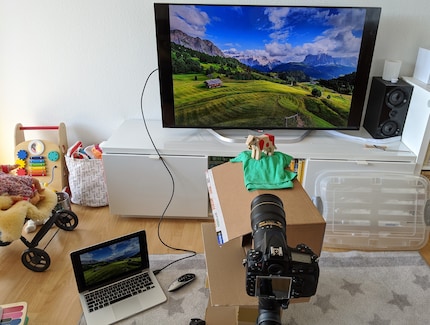
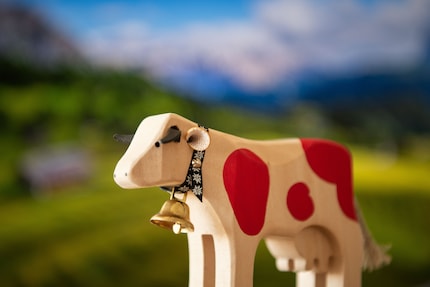
I think it's actually quite good, but Tom isn't happy. In daylight there are too many reflections on the screen and the light is not controllable enough. All other sessions take place in the evening without daylight.
If the TV is the only source of light, you are dealing with a backlit shot. This means your subject remains dark. In this example, Tom has illuminated the figure with the screen of the smartphone and the notebook - but this lighting is too weak. Stronger lighting won't work either, as reflections will then be visible on the TV.
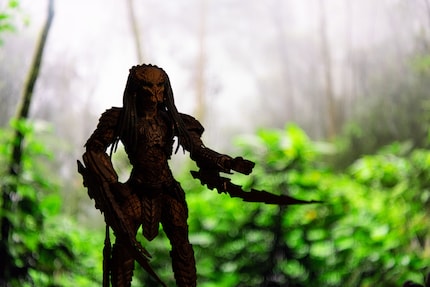
So choose a scene for which a silhouette fits. Tom has hung the cow on a nylon thread and, based on the cover image from "E.T." placed in front of a full moon image.
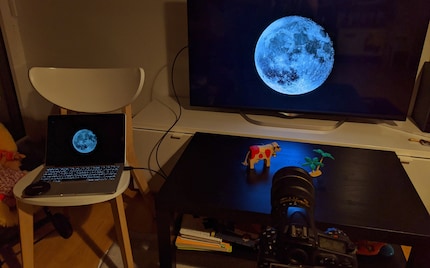
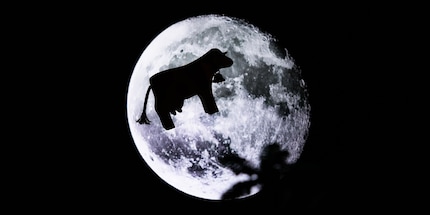
The light on the TV is too bright, the light on the laptop too dark - so Tom simply reverses the scene. The laptop screen now serves as the backdrop, while the TV illuminates the figure. The torch on the smartphone serves as a headlight. The plastic palm tree appears blurred in the foreground and enhances the depth effect. The jungle image comes from here.
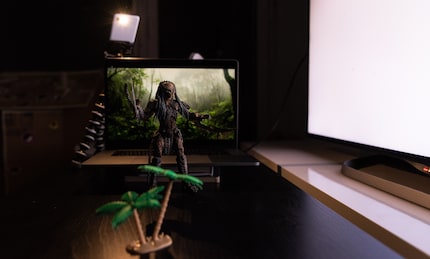
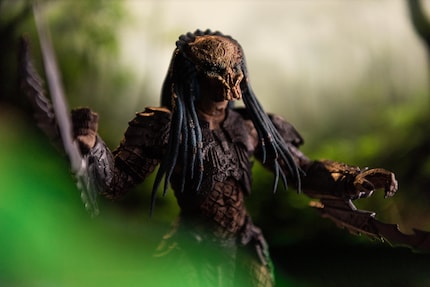
Next up is a well-fried Schwarzenegger, whose hairstyle holds up perfectly. The TV now shows the same image as the notebook, as does the smartphone, which is illuminated from above. As a result, the colour of the lighting matches the shown background.
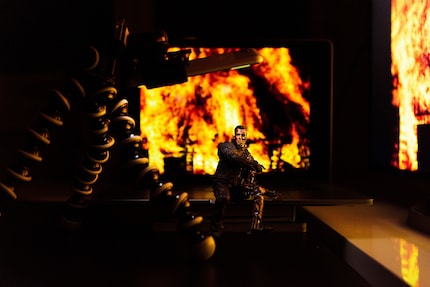
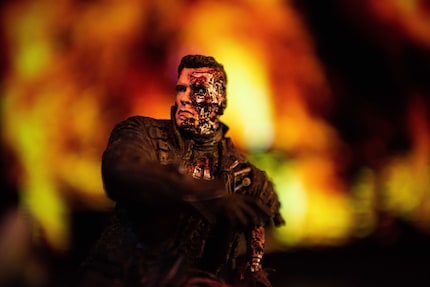
When I see this, I feel a bit stupid. In my own attempts at staging toy figures, I made a real fire. Not only was it a huge effort, it was also difficult. The heat, smoke and coal made it difficult to take photos and made the figures dirty. How much easier it would have been to plant the figure in front of a large screen!
The lighting here is simple but ingenious. As with the moon cow, the light comes exclusively from the screen in the background. The self-made image is white on the sides and black in the centre. This means that the figure is illuminated from the sides. And because the Terminatrix figure has a metallic sheen, its outline is perfectly emphasised. The effect, which is normally done slightly differently, is called Rim Light.
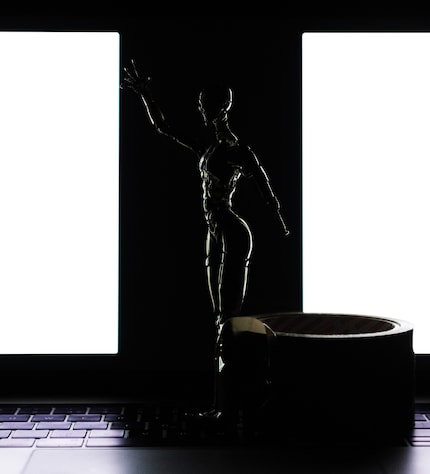
The lighting here also only comes from the screen. This shows a self-made, white image with black stripes, which is reflected through the lenses of the glasses.
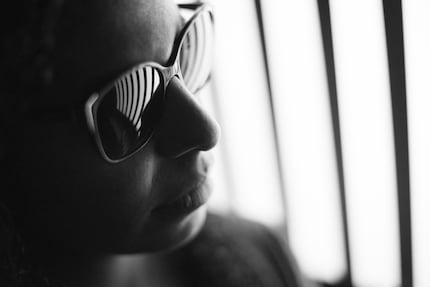
In general, according to Tom, anything that reflects works very well. In the next image, the colours on the left-hand edge of the image come from a reflective old CD. Tom held it close to the lens while taking the picture.
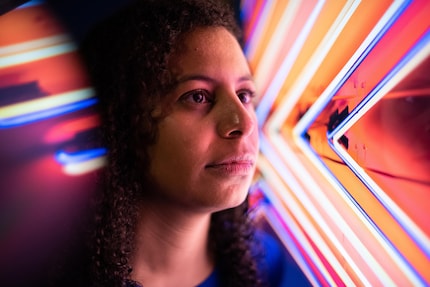
Directly on the screen, of course, every surface reflects. That's why beautiful effects can be achieved even without glasses.
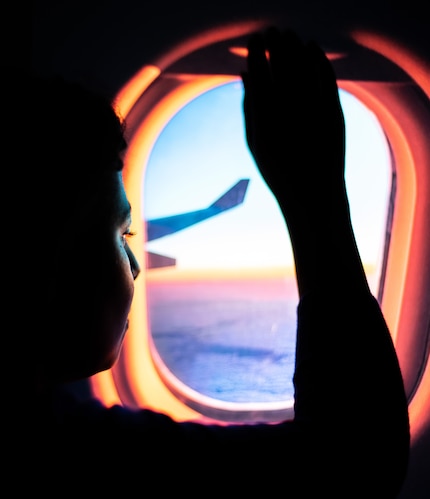
You first have to get to grips with a background that is both luminous and reflective. Used correctly, however, the unusual starting point also leads to unusual results. Ideas "outside the box" are required. In any case, I'm pretty enthusiastic about Tom's pictures and for a moment I wish I had my TV back.
My interest in IT and writing landed me in tech journalism early on (2000). I want to know how we can use technology without being used. Outside of the office, I’m a keen musician who makes up for lacking talent with excessive enthusiasm.
Practical solutions for everyday problems with technology, household hacks and much more.
Show all